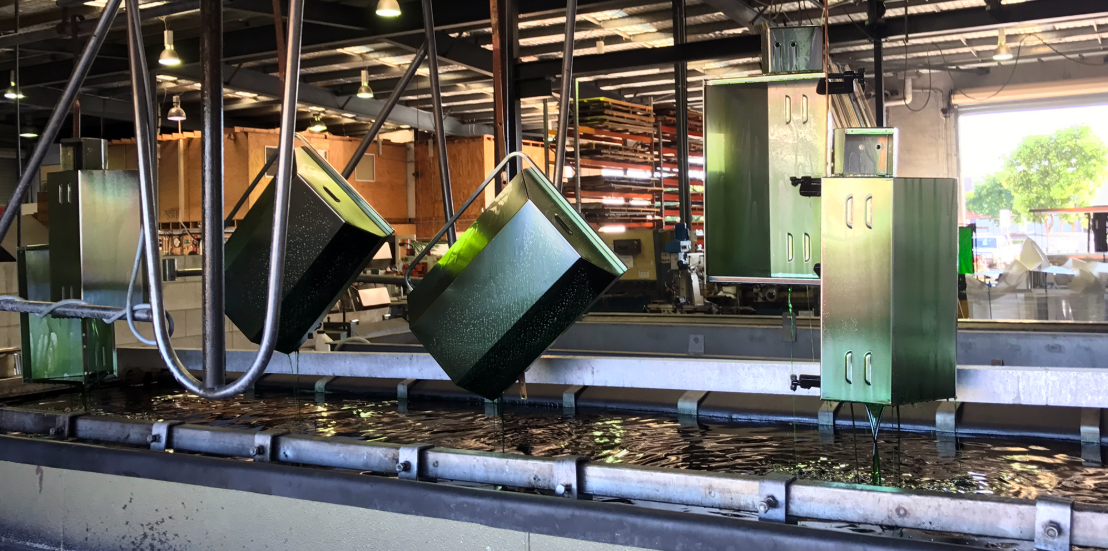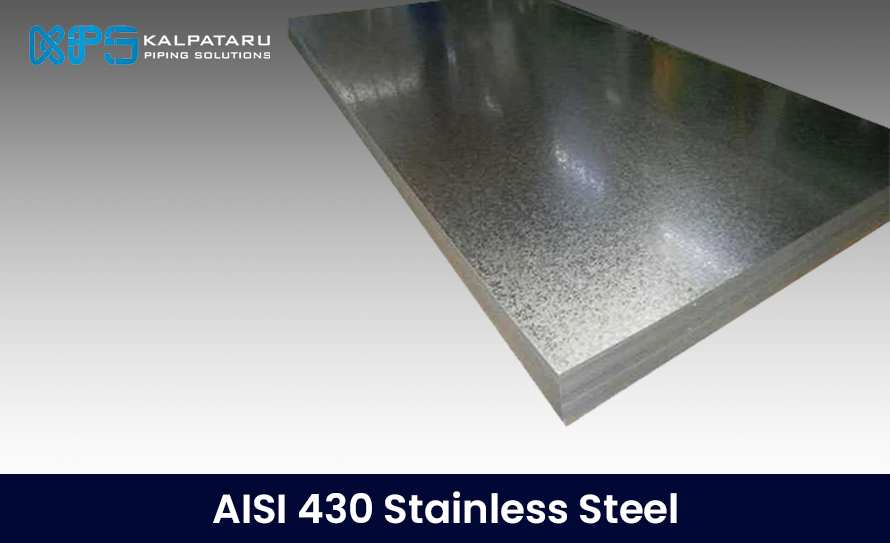Biotechnology, semiconductor, and pharmaceutical applications all employ for stainless steel electropolished tubing. Electroplating finishing offers a variety of standards for usage in various applications. This type of application necessitates a medium range of finish. Electropolishing is a technique that reduces the Electropolished Stainless Steel Pipe’s extreme roughness. This improves the size of the pipes, allowing the Ep Pipe to be placed with precision in delicate systems such as pharmaceutical industrial applications. Electropolishing may be done on a variety of materials.
ASTM A270 / A269/ A249 Welded Electro Polished Pipes with Inner Polished, Ba Finish, No 4 Brushed Finish at best price as per ASME/ ANSI B46.1
Because of their widespread use and plentiful availability, Stainless steel 304 Electropolished Pipes are the most cost-effective of the electropolished materials. Stainless Steel 316L Electropolished Tubes are also manufactured and supplied by Oshwin Overseas. Because the 316 material is more corrosion resistant than the 304 material, it is utilized in situations where corrosion is a concern.
Both 304 and 304L may be utilized for many of the same purposes in practice. The differences are frequently modest enough that neither is thought to be much more beneficial than the other. Other alloys, such as grade 316 stainless steel, are generally considered as an option when higher corrosion resistance is required.
304H is an austenitic stainless steel with a maximum of 0.08 percent carbon and 18-19 percent chromium and 8-11 percent nickel. In the stainless steel family, 304H stainless steel pipes are the most adaptable and frequently utilized.
The titanium-stabilized variant of 316 molybdenum-bearing austenitic stainless steel is 316Ti (UNS S31635). Traditional chromium-nickel austenitic stainless steels, such as 304, are less resistant to general corrosion and pitting/crevice corrosion than 316 alloys.
The pipes can be cleaner on the surfaces thanks to the High Purity Ep Tubing. The Electro Polished SS Pipes are able to retain less contamination on the surface as a result of this. In sanitary service lines, the A270 Polish Pipe is utilized, whereas the A269 Polished Pipe is used in acidic processes. Heat exchangers, condensers, and superheaters all employ A249 Polished Steel Pipe. Inner Polished Pipes, on the other hand, have their interior surfaces polished. There are a variety of finishes available, including the Ba Finish Stainless Steel Pipe. As in the case of No 4 Brushed Finish Stainless Steel Pipe, several mechanical methods may be employed to polish the pipes. Please contact us if you want a customized product.
Advantages and Disadvantages of Electropolishing Technology
Gases and liquids are usually transported through metal pipes. Water supply lines, for example, are domestic, low-cost, low-sensitive applications. Medical equipment, on the other hand, is a high-cost, commercial, high-sensitive application. Different standards and quality would be required for different applications. In addition to mechanical and chemical properties, precise dimensions are sometimes required. To get around this problem, the pipes are drawn in a way that makes them seamless. Stainless Steel Seamless pipes have less absolute roughness and are more dimensionally precise. Electropolishing is used when the application is highly sensitive and the inside of the pipe must be as clean and smooth as possible. The method is carried out using an electrolysis process, in which the product loses atoms by atom on the surface until it reaches a polished finish.
However, there are certain drawbacks to the procedure. The absolute roughness continues to some extent even with this approach. The procedure might be tolerated in terms of time, but it is expensive, and some of the acids and other chemicals employed will have an effect on the final product. Despite these drawbacks, the procedure is beneficial since it produces a brilliant surface that no other mechanical method can match. The procedure eliminates contaminants as well as surface layers, resulting in increased corrosion resistance.
Applications of Stainless Steel Electropolish Pipe
Electropolishing has been demonstrated in recent years to offer the best I.D. and O.D. finish for pipe and tubing. When non-contaminating, non-particulating, and anti-fouling surfaces are required, electropolishing is required. In addition, electropolishing benefits pipe and tubing by reducing friction and increasing purity. The petrochemical, nuclear, pharmaceutical, semiconductor, and food and beverage sectors are all big fans of electropolished pipe and tubing.
For use in clean rooms
Surfaces that are non-contaminating and non-particulating are required in clean rooms. Clean room tables, chairs, trash bins, light fixtures, exposed electrical conduit and outlet boxes, manufacturing and processing equipment, and other metallic components utilized in this application all benefit from electropolishing.
Machined Parts
Electropolishing is beneficial to all screws, nuts, washers, valve stems and bodies, and other machined components. The technique has several benefits, including surface deburring and stress relief, easy cleanup, a non-stick, non-contaminating, non-particulating finish, and a nice aesthetic appearance. When electropolished 304 stainless steel machined parts are compared to non-electropolished 316 stainless steel machined parts, it has been proven that machined parts of electropolished 304 stainless steel display higher corrosion resistance. In many situations, precise machining employing electropolishing methods is advantageous.
Applications in Medicine
The medical profession has benefited from electropolishing for many years. To ease cleaning and achieve high levels of non-contamination, all hospital, medical, and surgical equipment (scalpels, clamps, saws, bone and joint implants, prosthetic devices, burn beds, and rehabilitation whirlpools) should be electropolished. Electropolishing is a good option for any metal item that has been exposed to radiation and has to be decontaminated on a regular basis.
In case you are on the lookout for any kind of Stainless Steel Electropolish Pipe you find them all at Kalpataru Piping Solutions from our website




